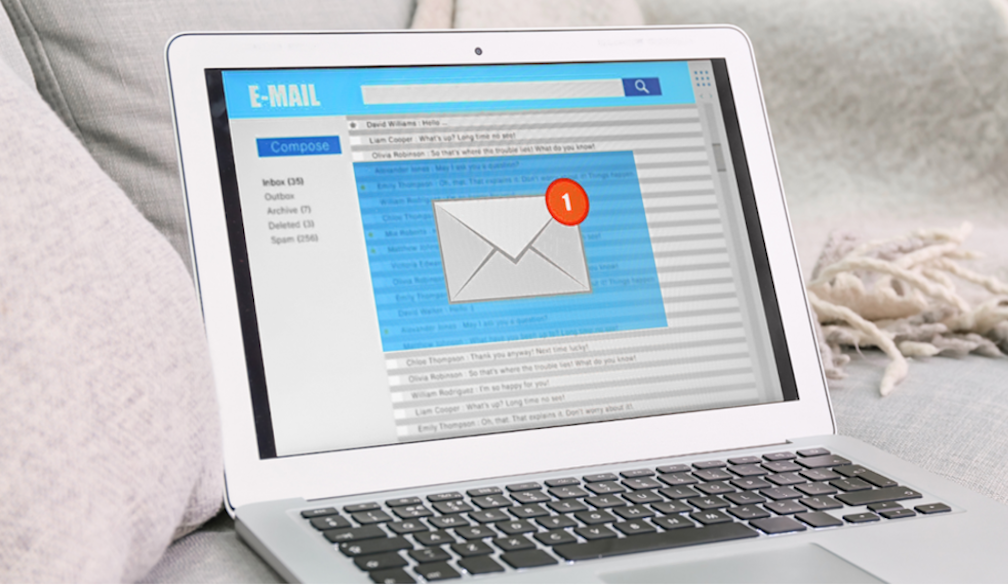How Do You Ensure Your Email Address Meets Standard Requirements?

Your email address is more than just a name in someone’s inbox; it’s your key to the digital world. Yet many professionals still struggle with basic formatting rules, and the results can be frustrating: emails bouncing back, disappearing into spam, or never reaching their audience at all. The truth is, modern email systems are picky.
They constantly update validation rules, security checks, and ISP policies, and missing even one standard can block your messages. In this post, we’ll break down what email address requirements really mean and show you how to make sure your emails actually get delivered.
Technical Email Format Standards Every User Should Know
Let's cut through the technical jargon and focus on what actually matters for your day-to-day email success.
RFC 5322 Compliance: The Foundation of Valid Email Address Structure
Every valid email address must follow RFC 5322 rules, think of them as the universal grammar of email communication. Your local part (that’s everything sitting before the @ symbol) gets a maximum of 64 characters to work with. Meanwhile, your domain portion needs to stay under 255 characters total.
Placement rules make all the difference, which is why answering the question of what is a valid email address isn’t as simple as spotting an @ symbol. Your local part welcomes letters, numbers, periods, hyphens, and underscores, but some restrictions can still render an address invalid.
Special Characters and Syntax Rules That Impact Email Validity
Special characters? Now we're entering dangerous territory. Dot notation alone trips up more users than you'd believe. You absolutely cannot start or end your local part with periods. Consecutive dots anywhere in your address? That's a hard no.
Consider this impressive stat: Kit's system-wide email delivery rate hits 99.8%. That kind of performance doesn't happen by accident; it's the direct result of bulletproof formatting practices.
Quoted strings technically allow more special characters, but here's the reality check: most email clients handle them about as gracefully as a bull in a china shop.
Professional Email Address Tips for Business and Personal Use
Corporate Email Naming Conventions That Build Credibility
Smart email format standards stick with tried-and-true combinations. firstname.lastname@company.com or first.last@domain.com formats immediately telegraph professionalism to anyone receiving your messages. These formats also slip past spam filters like a breeze.
Numbers in email addresses? Avoid them unless you're absolutely cornered. Something like john.smith847@company.com screams "amateur hour" compared to clean alternatives. Role-based emails (info@, support@, sales@) definitely have their place in business operations, but they shouldn't become your go-to professional identity.
Domain Selection Impact on Email Address Legitimacy
Custom domains absolutely demolish free providers when it comes to implementing solid professional email address tips. Industry-specific extensions carry serious weight, like .edu commands respect in education, .gov carries government authority, while generic domains just blend into the crowd.
Geographic TLDs can work for or against you depending on your target audience. That .co.uk domain might puzzle American clients, but .com remains the gold standard across virtually every region and culture.
Creating a Secure Email Address: Modern Security Requirements
Multi-Factor Authentication Compatible Email Formats
Today's creating a secure email address playbook demands seamless MFA compatibility. Major platforms now require multi-factor authentication, so your primary email needs to work flawlessly with authenticator apps, SMS verification, and backup recovery systems.
Overly complex addresses often clash with authentication systems, creating unnecessary headaches during critical access moments. Clean, straightforward formats integrate smoothly with security protocols and keep you from getting locked out when you need access most.
Privacy-Focused Email Address Strategies
Here's an interesting data point: Europe achieves the highest inbox placement rate. This success stems partly from strict privacy regulations that push users toward better email practices.
Privacy-smart strategies include deploying alias addresses for different services and maintaining separate addresses for various purposes. Email masking services and forwarding protocols shield your primary address while preserving full functionality, increasingly crucial as data breaches continue hammering major platforms.
Email Validation Techniques and Tools
Real-Time Email Verification Methods
Having platform knowledge is just the starting point; you need rock-solid validation techniques and tools to confirm your email address actually works before deploying it across multiple services.
SMTP validation protocols test whether your address can genuinely receive messages by establishing connections with the receiving mail server. DNS MX record verification confirms your domain has proper mail exchange records configured for email delivery.
Regular Expression Patterns for Email Validation
Modern regex patterns offer comprehensive validation but frequently accept formats that pass technical checks yet fail in real-world scenarios. Common regex blunders include approving addresses that clear basic validation but get rejected by specific platforms or email clients.
Custom validation rules become essential when dealing with legacy systems or specialized applications that enforce stricter requirements than standard RFC compliance.
Common Email Address Mistakes That Cause Delivery Issues
Typography Errors That Break Email Functionality
Hidden Unicode characters frequently sneak in when copying addresses between applications, creating invisible formatting nightmares. Autocorrect features can transform perfectly valid addresses into invalid formats without providing obvious visual warnings.
Legacy Email Format Issues in Modern Systems
Outdated email clients sometimes generate addresses that functioned years ago but fail against current ISP filtering systems. Migration from old email systems can introduce formatting inconsistencies that wreck deliverability across different platforms.
Grandfather clause considerations apply to existing addresses, but new addresses should embrace current standards rather than depending on legacy compatibility that could vanish tomorrow.
Quick Answers About Email Address Standards
- What is a common method to ensure the accuracy of email addresses before outreach?
Check for typos or formatting errors in email addresses. Use domain lookup tools to confirm the legitimacy of the domain. Cross-reference emails with public profiles or company websites for consistency. Send test emails to ensure the address is active and functional.
- How do modern ISPs determine if an email address meets their delivery standards?
ISPs analyze sender reputation, authentication protocols (SPF, DKIM, DMARC), bounce rates, and spam complaints. They check domain legitimacy, list hygiene practices, and engagement metrics to determine inbox placement versus spam folder routing.
- What security features should be prioritized when setting up a new professional email address?
Enable two-factor authentication, use strong, unique passwords, configure backup recovery options, choose reputable email providers with encryption, set up alias addresses for different purposes, and regularly monitor account activity logs.
Final Thoughts on Email Address Standards
Mastering proper email address requirements goes way beyond checking technical boxes; you're ensuring your digital communications actually reach their destinations while building professional credibility. Every element matters, from RFC 5322 formatting guidelines to cutting-edge security protocols.
The email landscape keeps shifting with tougher ISP policies and enhanced security measures. Proactive compliance isn't optional anymore; it's survival. Don't let delivery problems force your hand when you can get ahead of these changes today.









